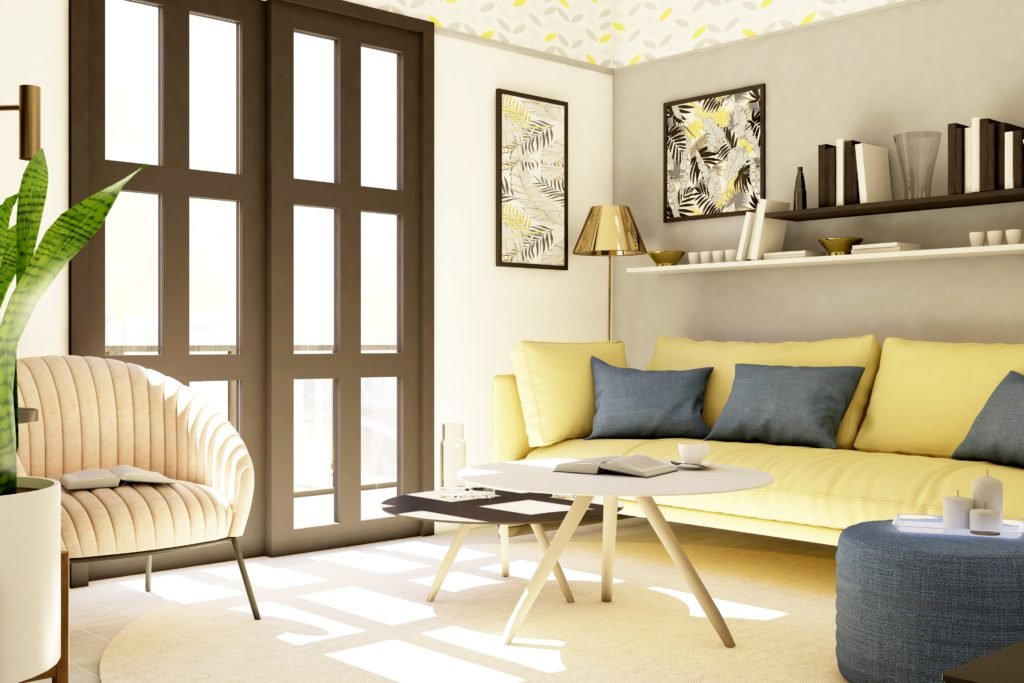Go-to room colors and how they may affect your mood

Think about painting any wall in your home, and ponder how you feel. Did you know that there’s a psychology behind the color of your wall? In retrospect, you may realize that when you enter a room painted white, your mood changes, and moving to another room with a different color scheme—evokes a certain feeling. If you wonder, there’s psychology about colors and how they can affect your mood.

The connection between color and mood
Color is also essential, for it doesn’t change the size of your room but also your moods and energy levels. Besides, the colors that you choose could also reflect your personality and preferences. And when making your selection, be mindful of the space’s type and purpose, which helps you choose the right color.
Research studies revealed how people perceive various hues and their correlation with their emotions. Furthermore, Dawn Karen, a fashion psychologist, also argued that people want their home to be the epitome of what they would like to feel.
Uplifting Yellow
The color yellow signifies excitement and happiness. If you’re the type of person who likes to engage in uplifting vibes, this color will match your mood. However, you don’t want to stay in that vibe for a long time; what you need is a sense of “emotional equilibrium”. Sometimes too much of this color can evokes feelings of uneasiness.
Calming blue
A room with blue painted walls exudes a calm and stable environment and may help you achieve that state of balance. The color blue is known to promote calm, rest, and balance. Thus, shades of blue are usually the top choices for the bedroom and bathroom. If you like a serene and cozy ambiance, you may consider painting your room with this color.
Refreshing Green
Green evokes a calm, soothing, and refreshing atmosphere. You might strongly associate this color with nature, while others associate this color with luck, money, and new beginnings. Green is often tied to nature, so others perceive this color as healthy and natural. Further, researchers argued that the positive association with green is hardwired in human brains from the revolution.






